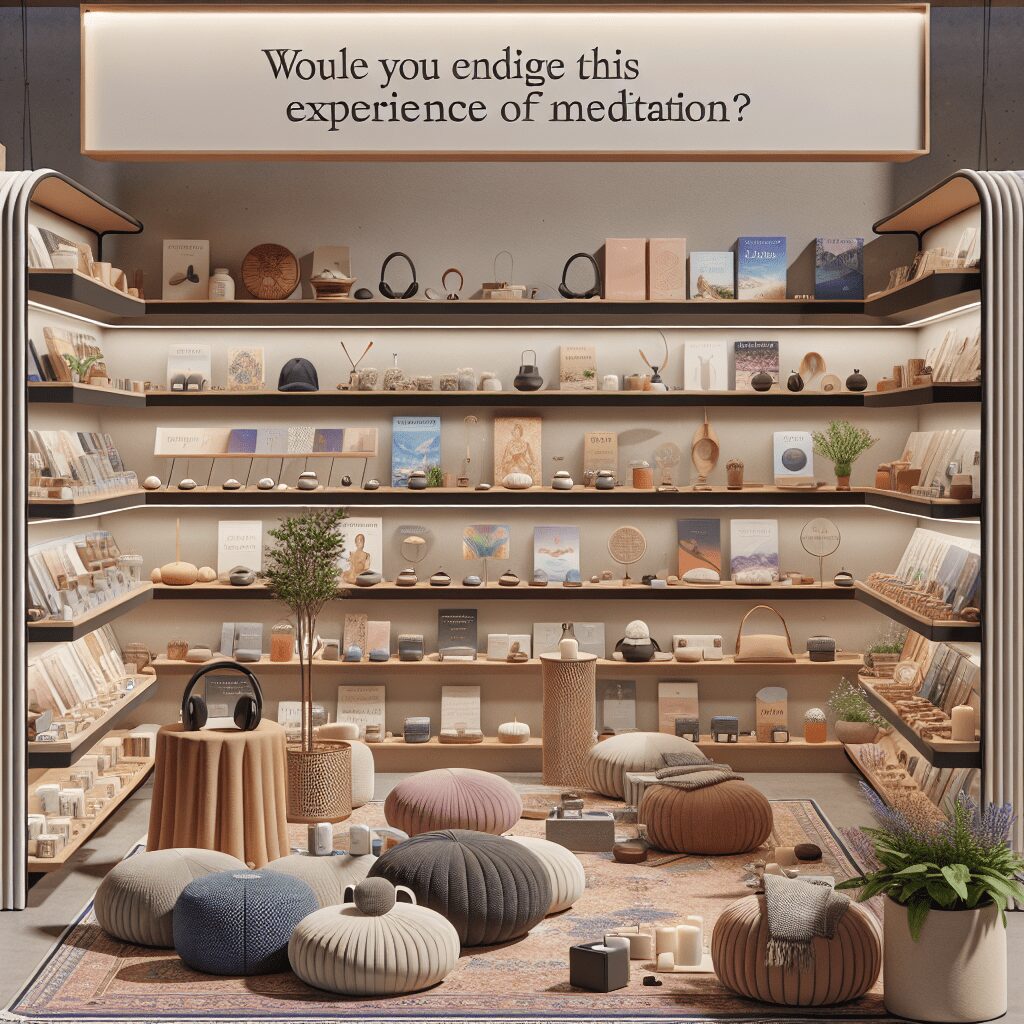
Prioritize your mental well-being daily. Enhance your life by nurturing your mental health with the Smart Meditation app. Break free from stress, alleviate anxiety, and enhance your sleep quality starting today.
How To Do Meditation At Home?
In the hustle and bustle of today’s fast-paced world, the quest for inner peace has led many down the path of meditation. Turning your home into a sanctuary for tranquility might seem like a tall order, but fear not! With a pinch of preparation and a sprinkle of dedication, you’ll find that meditating at home isn’t just doable; it’s downright transformative. So, let’s delve into the nitty-gritty of carving out your own slice of Zen right where you are.
Crafting Your Meditation Nook
First things first, setting the stage is crucial. You don’t need an elaborate setup—just a quiet corner where interruptions are as rare as hen’s teeth. Here’s a quick checklist to get started:
- Find a Quiet Spot: Whether it’s a seldom-used guest room or a cozy corner in your bedroom, ensure it’s off the beaten path where household foot traffic is minimal.
- Comfort is Key: A cushion or yoga mat will do wonders. Comfort is paramount, as you’ll be sitting still for a while.
- Ambient Vibes: Consider some ambient lighting or a candle to set the mood. Soft, natural light works wonders for relaxation.
- Minimize Distractions: Make sure this nook is a tech-free zone. Yep, that means waving goodbye to your smartphone and other gadgetry that are masters of distraction.
Let’s Get Down to Brass Tacks – The How To
Now that you’ve got your sacred spot, it’s time to dive into the meditation itself. Here’s a step-by-step to get you going:
- Set a Time Limit: Especially for beginners, starting with short periods, like 5 to 10 minutes, can help ease you into the practice without feeling overwhelmed.
- Get Comfy, but Stay Awake: Sit comfortably, whether it’s cross-legged on the floor or in a chair with your feet flat. The key is to balance comfort with alertness—no slouching.
- Close Your Eyes: This helps block out any visual distractions and makes it easier to turn your focus inward.
- Breathe Naturally: Pay attention to your breath. Notice the sensation of the air moving in and out of your nostrils, or your belly rising and falling.
- Be Kind to Your Wandering Mind: It’s natural for your mind to meander. When you notice your thoughts drifting, gently guide your focus back to your breathing without chastising yourself.
Wrapping Up the Serenity Session
When your session is up, don’t jolt back to reality. Gently wiggle your fingers and toes, gradually opening your eyes. Give yourself a moment to acknowledge the peace you’ve cultivated and carry that calmness with you throughout the day.
In essence, meditation at home is less about perfecting silence and more about becoming acquainted with the silence within. It’s a journey, not a race. So, be gentle with yourself, and remember, consistency is key. With each session, you’ll inch closer to mastering the art of inner peace, turning your home into an oasis of calm in the midst of life’s storms. Who knew enlightenment was just a quiet corner away?




